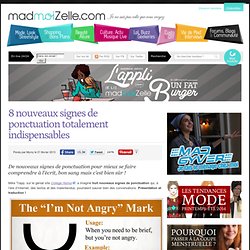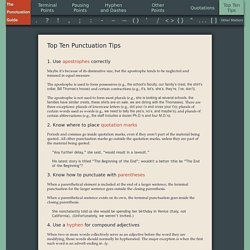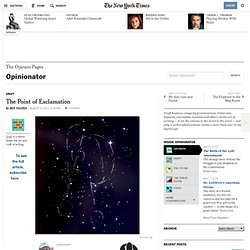

Paragraph Transitions. Paragraph Transitions Paragraphs represent the basic unit of composition: one idea, one paragraph.

However, to present a clear, unified train of thought to your readers, you must make sure each paragraph follows the one before it and leads to the one after it through clear, logical transitions. Keep in mind that adequate transitions cannot simply be added to the essay without planning. Without a good reason for the sequence of your paragraphs, no transition will help you. Transitions can be made with particular words and phrases created for that purpose--conjunctive adverbs and transitional phrases--or they can be implied through a conceptual link. Conjunctive Adverbs and Transitional Phrases Conjunctive adverbs modify entire sentences in order to relate them to preceding sentences or paragraphs; good academic writers use many of them, but not so many that they overload the page.
Transitional phrases can perform the same function: Implied or Conceptual Transitions. Perfect English Grammar. 8 nouveaux signes de ponctuation totalement indispensables. Pondu par Mymy le 21 février 2013 De nouveaux signes de ponctuation pour mieux se faire comprendre à l’écrit, bon sang mais c’est bien sûr !

Mike Trapp, sur le génial site College Humor, a imaginé huit nouveaux signes de ponctuation qui, à l’ère d’Internet, des textos et des malentendus, pourraient sauver bien des conversations. Présentation et traduction ! Le point « Je ne suis pas en colère ».Usage : quand vous devez être bref, mais que vous n’êtes pas en colère.Exemple : « Il faut qu’on parle » Le sincéripoint.Usage : quand vous voulez sortir de votre carapace de cynisme et être vraiment honnête avec quelqu’un.Exemple : « Oh wow. Les sarcasthèses.Usage : l’inverse du sincéripoint. Le deux-points-virgule.Usage : si vous ne savez pas comment utiliser un point-virgule et que vous êtes trop feignasse pour apprendre, vous pouvez utiliser ceci à la place des virgules, deux points, et points.
Points de supersion.Usage : pour une pause super dramatique. Plus de Mymy sur le web : These are the grammar, usage, and style errors seen most commonly in written materials. The Most Comma Mistakes. Draft is a series about the art and craft of writing.

As I noted in my earlier article, rules and conventions about when to use and not to use commas are legion. But certain errors keep popping up. Here are a few of them. Identification Crisis If I’ve seen it once, I’ve seen it a thousand times. I’m referring to a student’s writing a sentence like: I went to see the movie, “Midnight in Paris” with my friend, Jessie. Comma after “movie,” comma after “friend” and, sometimes, comma after “Paris” as well. I went to see the movie “Midnight in Paris” with my friend Jessie. If that seems wrong or weird or anything short of clearly right, bear with me a minute and take a look at another correct sentence: I went to see Woody Allen’s latest movie, “Midnight in Paris,” with my oldest friend, Jessie. You need a comma after “movie” because this and only this is Mr.
The syntactical situation I’m talking about is identifier-name. Grammatically, there are various ways of describing what’s going on. And even. The Punctuation Guide. 1.

Use apostrophes correctly Maybe it’s because of its diminutive size, but the apostrophe tends to be neglected and misused in equal measure. The apostrophe is used to form possessives (e.g., the school’s faculty, our family’s crest, the shirt’s collar, Bill Thomas’s house) and certain contractions (e.g., it’s, let’s, she’s, they’re, I’ve, don’t). The apostrophe is not used to form most plurals (e.g., she is looking at several schools, the families have similar crests, these shirts are on sale, we are dining with the Thomases). The Point of Exclamation. Draft is a series about the art and craft of writing.

Anybody who has ever logged on knows that online writing begets exclamation points. A lot of exclamation points! Mocking this punctuational predilection is easy and fun. An amusing blog called “Excessive Exclamation!!” Features photos of, for example, a Carl’s Jr. printed receipt with the words “PLEASE LET US KNOW HOW WE DID!!!” David Shipley, the executive editor of Bloomberg View and a former Op-Ed editor at this newspaper, and Will Schwalbe, authors of “Send: Why People Email So Badly and How to Do It Better,” speculate that the trend stems in part from the nature of online media.
My 21-year-old daughter once criticized my habit of ending text-message sentences with a period. Habitual e-mailers, texters and posters convey quite precise nuances through punctuation, which is after all one of the points of punctuation. Thomas Ng “Holy moses! Note the exclamation point pattern: 1-0-2-2-5-0. The interrobang “The smiley!?